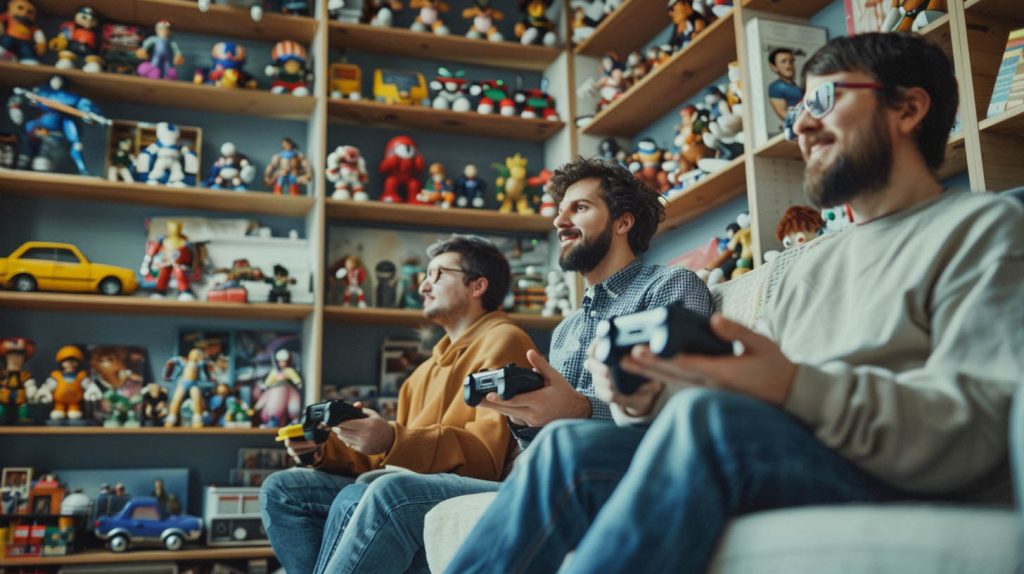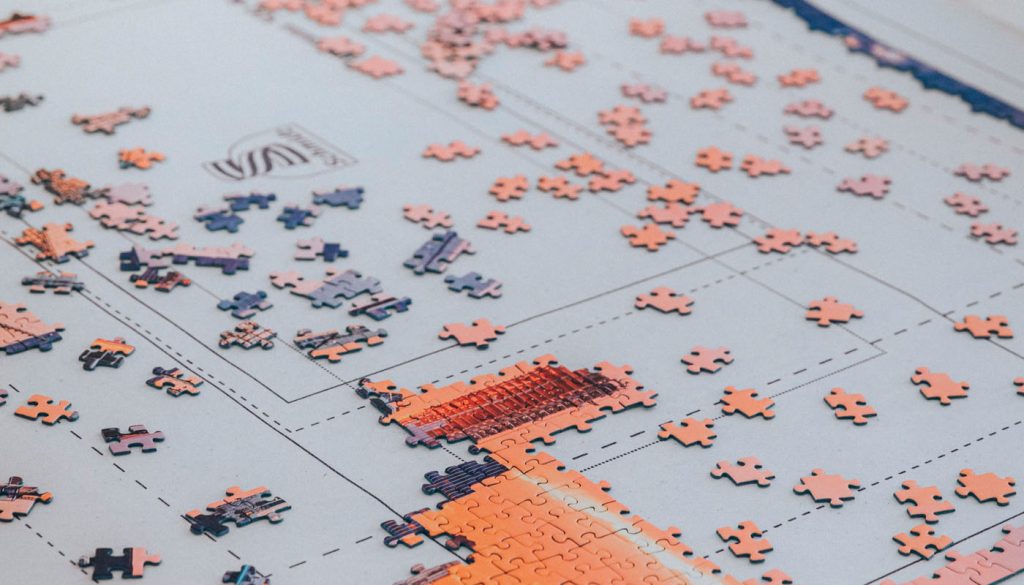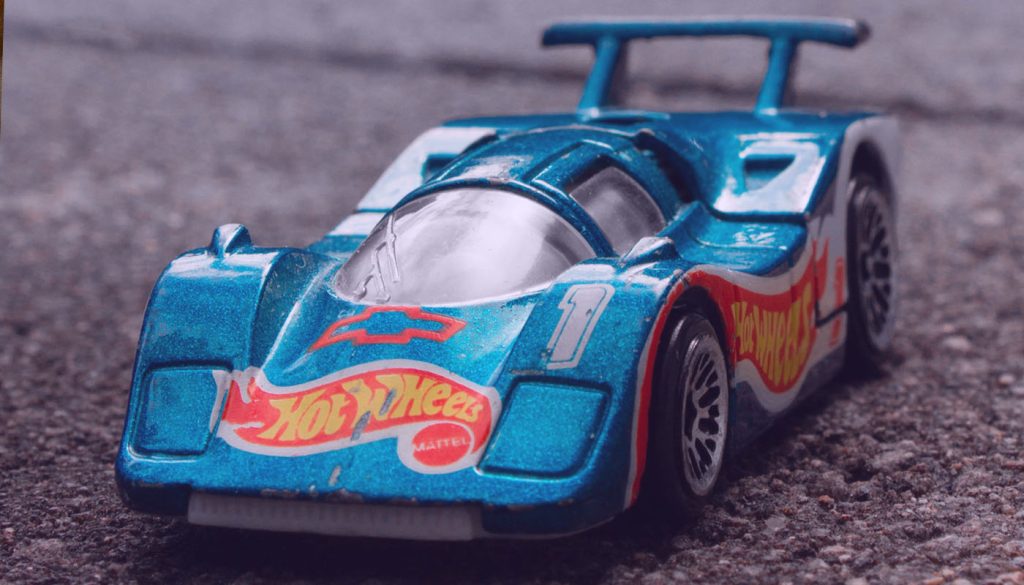When you buy through our links, we may earn a commission. Learn more.
Evolution of Nostalgic Plush Toys
The journey of nostalgic plush toys showcases a fascinating transformation from simple creations to beloved characters. We see how cultural shifts and gaming influences shaped their designs and popularity over time.
From Simple Beginnings to Iconic Characters
In the early days, plush toys began as simple designs. The classic teddy bear was one of the first, created in the early 20th century. It quickly became a comforting companion for children, symbolizing warmth and security.
As we moved through the decades, plush toys evolved significantly. The rise of television introduced iconic characters such as Mickey Mouse and Winnie the Pooh. These characters became household names and inspired various plush creations.
Key Character Examples:
- Mickey Mouse: First appeared in 1928, evolving into various plush forms.
- Winnie the Pooh: Gained popularity in the 1960s with beloved designs.
This evolution allowed plush toys to capture our hearts and imaginations, transforming them into symbols of nostalgia for generations.
Impact of Video Game Consoles on Plush Toys
The introduction of video game consoles in the late 20th century greatly influenced plush toy designs. Popular systems like the Nintendo Wii and PlayStation brought characters from our favorite games into the toy market.
With franchises like Mario and Pokémon, plush toys became a way to connect with beloved characters. We see a trend where game characters turned into plush toys allowed fans to have a tangible piece of their gaming experiences.
Notable Examples of Plush Toys:
- Mario: A soft, huggable version became a hit among fans.
- Pokémon: Characters like Pikachu made plush versions highly sought after.
This interaction between gaming and toys created a new layer of nostalgia as many of us remember snuggling these plush versions while playing our favorite games.
Market Dynamics of Collectible Plush Toys
Collectible plush toys are not just toys; they are cherished items that tap into nostalgia and emotional connections. Understanding the dynamics of shopping and selling these items, along with the importance of packaging and presentation, can significantly impact our success in this market.
The Art of Shopping and Selling Collector’s Items
Shopping for collectible plush toys requires knowledge and strategy. Knowing where to look is crucial. We can explore various platforms, such as:
- Online marketplaces like eBay or Etsy
- Specialty toy shops that focus on collectibles
- Auctions for rare items
When selling, we should highlight unique features. Providing detailed descriptions and quality images can enhance appeal. Using keywords like “limited edition,” “vintage,” and specific character names can attract collectors.
Pricing should be competitive but reflective of the item’s rarity and condition. A well-researched price will help us gain trust with buyers. Offering free shipping can also encourage potential purchases.
Packaging and Presentation in Plush Toy Commerce
Packaging plays a vital role in the sales of plush toys. A well-packaged item not only protects the toy but also enhances its value. We should consider these elements:
- Attractive wrapping: Use colorful, themed wrapping paper.
- Clear labeling: Include essential information like brand and year.
- Inner packaging: Soft, cushioned materials can prevent damage.
Presentation matters in online listings, as first impressions attract buyers. High-quality images that showcase the toy from multiple angles can make a difference.
Incorporating unique elements, such as a collectible card or background story, can increase interest. This appeal is especially great for fans of games like Monopoly and action figures, adding depth to our collectible plush toy offerings.
I’m Cartez Augustus, a content creator based in Houston, Texas. I’ve been exploring a variety of niches in content marketing in order to increase website traffic. I enjoy experimenting with artificial intelligence, search engine optimization, and paid search. The process of creating nerd-related content has been extremely rewarding since it has enabled me to network with people who are knowledgeable about these subjects.


